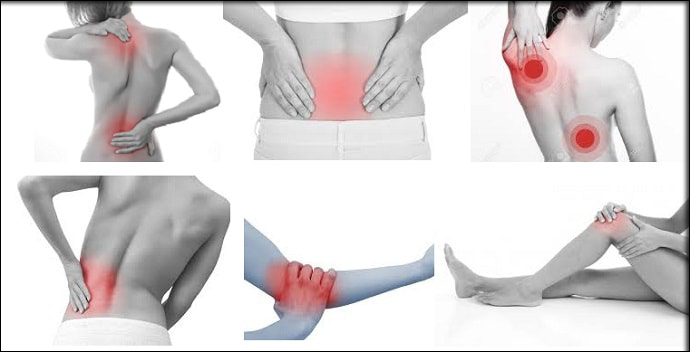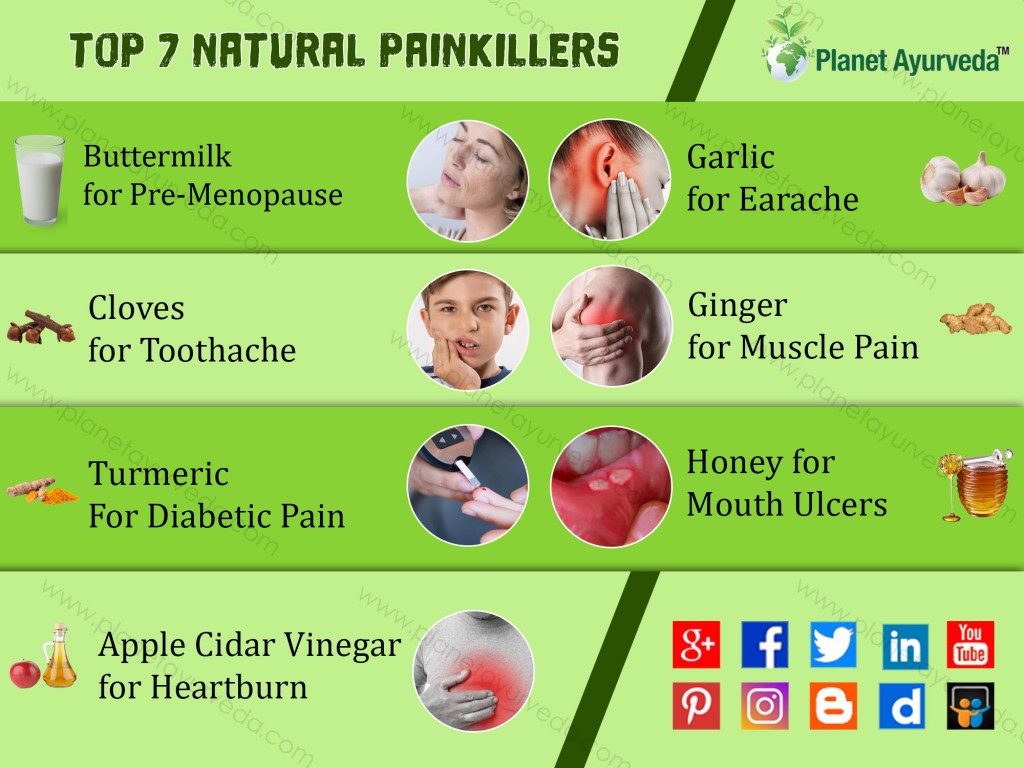How Ayurveda Deals With Rheumatoid Arthritis (Ra)
Arthritis is a very common disease that has affected millions of people throughout the globe either in the form of osteoarthritis or rheumatoid arthritis. Rheumatoid arthritis is an autoimmune disorder that primarily affects small joints of hands and feet, further it involves the bigger joints. It is a progressive disease that disturbs the normal chores of individuals and usually it affects females than males. Those who are affected by rheumatism presents with stiff and inflamed joints along with pain. Initially, it affects joints further it can affect the other organs also.
According to Ayurveda
According to Ayurveda rheumatoid arthritis is called as Aamavata. Here, in this condition, the main involved entities are – Agni, Vata and Ama.
WHAT ARE THE CAUSES OF RHEUMATOID ARTHRITIS?
- Weak immune system
- Improper diet and lifestyle
- Genetic factor
Risk factors- - Obesity
- Age above 50 are more prone to rheumatoid arthritis.
- Smoking and alcohol
FAST FACTS ON RA
- Swelling and pain increases during the rainy season and cold weather.
- RA initially affects small joints, with time it affects large joints too.
- Usually, stiffness occurs in the early morning and as the day passes, person feels better.
- Stiffness often relieves with mild physical activities.
- Sometimes symptoms tend to disappear but relapse after a short period of time.
- It also affects other systems of the body.
- Initially, RA affects interphalangeal joints, further it can affect bigger joints.
SYMPTOMS
(Reference – Bhavaprakasha / Madhyam khanda / Chikitsa sthana / Chapter no. 26 / Shloka no.7)
- In this shloka symptoms of Amavata (Rheumatoid arthritis) are explained, they are
Angamarda (Body pains)
- Vrishchak damsha vat vedanam” means the character of pain is same as of scorpion bite.
This is the cardinal sign of rheumatoid arthritis.
- Aruchi (Loss of appetite due to mandagni)
- Trishna (Increased thirst)
- Goravam (Heaviness all over the body)
- Jwara (Low-grade fever)
- Apaka (Indigestion)
- Inflammation – Usually swelling is present in all affected joints, especially more at knees.
- Tenderness
- Itching – Mostly itching is present along with swelling. Itching occurs due to kapha.
- Stiffness – Early morning stiffness is also a cardinal sign of amavata. Gentle physical activities relieve stiffness
- Warm – On touch, the inflamed area is hot /warm.
- Weakness
- Decreased sleep
- Reduced mobility or functional deformity of affected joints
- In severe cases, joint deformity (swan neck deformity), arthritis mutilans and nodules can occur.
CATEGORIES
We can categorize amavata on the basis of dosha involvement
- Vata pradhan amavata – Pain is the prominent feature of vata pradhan amavata.
- Pitta pradhan amavata – Burning sensation along with redness on the affected joints is the typical sign of pitta pradhan amavata
- Kapha pradhan amavata – Itching and stiffness on the afflicted joints are the main features of kaphajanya amavata.
DIAGNOSIS
- Alone on a clinical basis, we can’t confirm the diagnosis, we need to take the help of some other diagnostic tools to confirm rheumatoid arthritis.
These diagnostic tools are:
- Rheumatoid factor
- ESR (Erythrocyte sedimentation rate)
- C-reactive (CRP)
- X–ray
- MRI
MANAGEMENT STRATEGY
- The main cause of amavata is Mandagni so, the management starts with Agni
Management Strategy includes:
- Increasing digestive fire
- Detoxifying the body
- Symptomatic management
- Restoring functional deformity.
- Boosting Immunity
TREATMENT ACCORDING TO AYURVEDA
- Treatment includes palliative care as well as detoxifying procedures, they are
Panchakarma
- Among purification procedures Patra pinda swedana or Valluka Sweda, Upanaha sweda, Virechana, Vaitarna basti or Kshaar basti are helpful. They help to remove toxins and restore the functional deformities.
PALLIATIVE CARE
- Internal medicines are required to remove toxins, manage the symptoms and eradicate the cause of rheumatoid arthritis. Thus, Planet Ayurveda offers herbal supplements to manage rheumatoid arthritis by the name of ‘RA CARE PACK’, that includes – Boswellia curcumin, Aamavatantak churna, Joint aid plus, Ashwagandha and Rumogin 5 capsules.
Let us go through their action
BOSWELLIA CURCUMIN
- These capsules contain Shallaki (Boswellia serrata) and Haridra (Curcuma longa). Shallaki is a well-known herb for its action on joints. It has anti-arthritic and anti–inflammatory properties that help to relieve inflammation, restores the function of affected joints, and reduces the level of cartilage degrading enzyme.
- Haridra has anti- inflammatory and anti- histamine properties thus relieves inflammation and infections.
Dosage: 2 capsules twice daily with plain water, after meals.
AAMVATANTAK CHURNA
- The constituents of this formulation are – Ashwagandha, haridra, methi, gorakhmundi, surnanjan, shunthi. These herbs help to eliminate toxins, cleanse the channels of body, relieves stiffness and also these herbs act on digestive fire thus work as an appetizer and reduces the production of Aama.
Dosage: ½ to 1 teaspoon twice daily with plain water, after meals.
ASHWAGANDHA CAPSULES
- Ashwagandha (Withania somnifera) is a health tonic that helps to rejuvenate the body, boosts up immunity and also helps to maintain body strength and vigor. In amavata, ashwagandha alters the surroundings of joints so that the toxins will not gather over them.
Dosage: 2 capsules twice a day with plain water, after meals.
JOINT AID PLUS
- These capsules composed of nirgundi, shallaki, ashwagandha, sounth, guggulu and giloy. It is considered as one of the best herbal supplements for rheumatoid arthritis because the herbs possess anti- inflammatory and analgesic properties. Thus, it reduces inflammation of swollen joints and pains by removing aama from the affected joints.
Dosage: 2 capsules twice daily with plain water, after meals.
RUMOGIN 5 CAPSULES
- This herbal formulation contains, haldi, shallaki, and trikatu (saunth, maricha, and pippali). Basically, helps to strengthen joints detoxify body
Dosage: 1 capsule twice daily with plain water, after meals.
EXTERNAL APPLICATION
- a) Lepa application of medicated paste over affected joints is beneficial. For this, you can prefer – vaishnavar churna, panchakola churna, etc.
- b) Abhyanga – Oil massage is helpful you can use vishagarbha taila, dashmula taila, prasarnyadi taila, brihat saindhava taila, etc.
GUIDELINES
- YOGA AND PHYSICAL EXERCISES are helpful in this condition to relieve stiffness.
HOME REMEDIES
- You can add shunthi (dry ginger) powder in your diet, daily consumption of 1 gm of shunthi with lukewarm water on an empty stomach is proven beneficial in this condition.
- Gomutra – Cow urine is helpful in treating rheumatoid arthritis, you can consume 5 ml of cow urine daily.
- You can use hot and cold pack compressions alternately.
- Castor oil is also helpful.
Diet in Rheumatoid arthritis
Avoid
- Curd, milk, black gram, oily foods, all sea foods, citrus fruits, potatoes, brinjal, red meat, fast food, etc.
In Take
- Prefer – Shunthi, shigru, rasona, hot water, black pepper, haldi, amla ajwain, hinga, jeeraka, karela, neem, apple, pumpkin, pointed gourd, lentils, etc.






